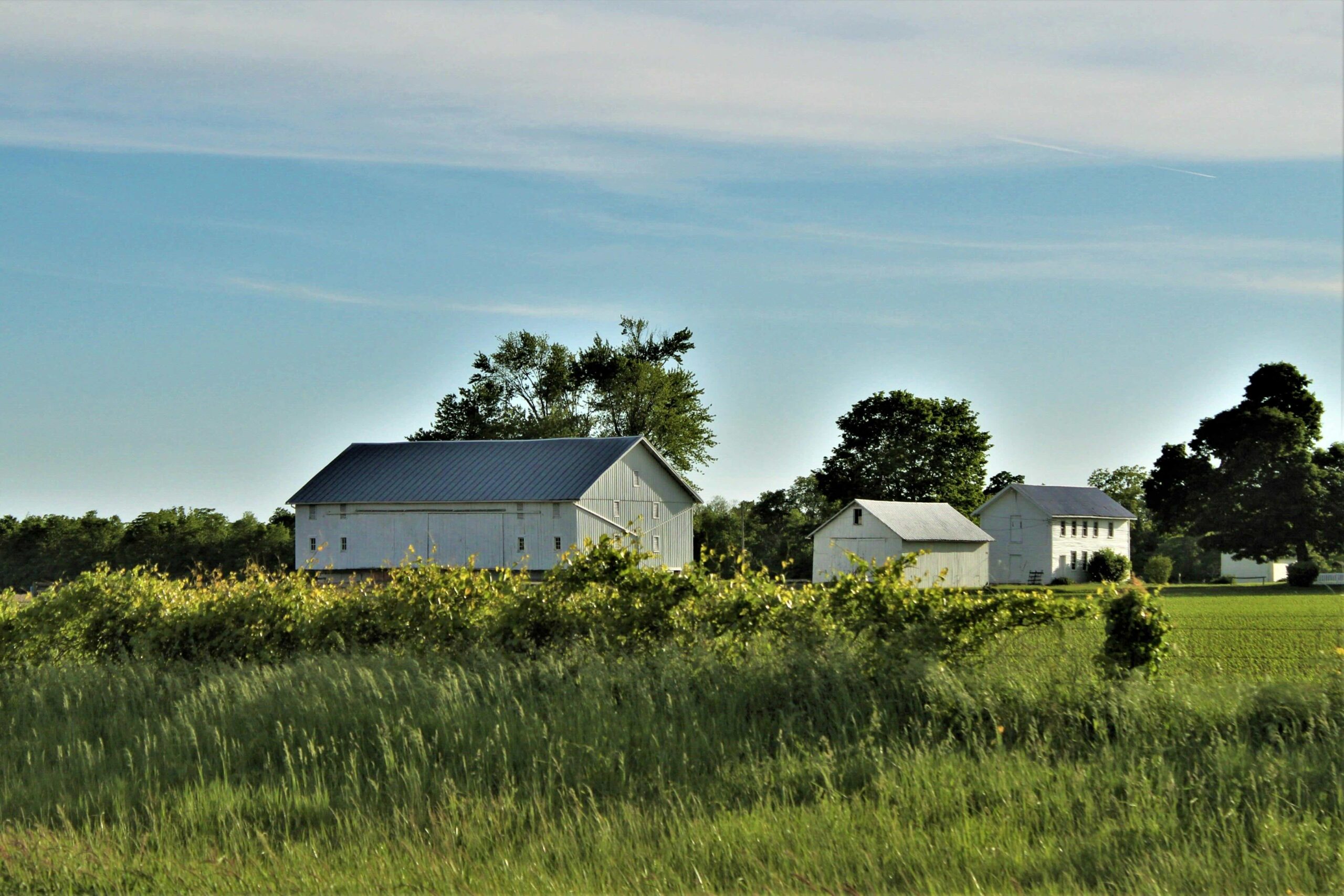The University of Tennessee Institute of Agriculture hosted the 2024 Beef Improvement Federation Conference two weeks ago. One session that spurred on great conversations was estate transition planning and what that entails. Table 1 displays the Southern Ag Today states and the age break downs of total producers. Kentucky has the highest percentage of producers that are under the age of 35 (10%). For the age range of 35 years to 64 years, all states have over 50% of their producers in this category. But, six states (TX, VA, MS, GA, SC, and FL) have 40% of their producers in the 65 years of age and older category, with Mississippi having the highest percentage at 42%. Farm management is often thought about only from a financial performance (income statement, balance sheet, cash flow statement) standpoint, but sound farm management also includes planning for the future, including estate and management transitions.
A large number of producers in the Southern region are potentially nearing retirement or are over the age of 65 years. This would suggest that estate transition planning should start becoming a priority. If the goal of the farm is to stay a farm, then at some point in the future, the farm will change hands. Transition planning can become a huge task if no plan has ever been thought about or developed. Often, producers indicate that they don’t know where to start. That is understandable. Thus, a good starting point could be, “What is adequate retirement income?” Building upon this question could solve questions like: “What are my lifestyle costs? Will costs change in retirement (life care)? How much income will come from social security, pensions, savings, investments, and the farm?” Each farm is different and has diverse challenges like trusts, multiple families/individuals in the operation, debt amounts, urban encroachment, and many more.
However, starting the conversation is the most important step for everyone involved in the process. The key to this falls on the shoulders of the parent(s). Not only is it awkward for the child, or children, to start this conversation, but if there are multiple children and one takes the lead, it can have unintended consequences. But just initiating the conversation is the start. Throughout the process, there are many tools that can be utilized: a will, power of attorney, advanced healthcare plan, healthcare agent, trusts, insurance, letter of last instruction, and easements. While the previous sentence has a lot of moving parts, having a team of professionals could aid in the process and make it easier. The team could include an attorney, accountant, financial planner, lender, extension educator, business consultant, and communication specialist.
The topic of estate transition is diverse, and it looks different for every operation, but starting the process is never the wrong step. This article only scratches the surface, but below are resources available to you to start.
University of Tennessee: Farmland Legacy- https://farmlandlegacy.tennessee.edu
University of Minnesota- https://agtransitions.umn.edu
Iowa State University- https://www.extension.iastate.edu/bfc
Table 1. Age Group Break Down of Total Producers for Southern Ag Today States
| Percent of Producers in Age Group | ||||
| State | Total Producers | <35 | 35-64 | 65 and Older |
| TX | 402,876 | 6% | 52% | 41% |
| OK | 124,743 | 9% | 53% | 37% |
| AR | 67,425 | 9% | 54% | 36% |
| LA | 42,551 | 8% | 54% | 38% |
| KY | 119,132 | 10% | 55% | 35% |
| VA | 67,798 | 8% | 52% | 41% |
| TN | 107,817 | 7% | 53% | 39% |
| NC | 72,479 | 9% | 54% | 38% |
| MS | 52,025 | 7% | 51% | 42% |
| AL | 62,777 | 8% | 53% | 39% |
| GA | 67,082 | 7% | 53% | 40% |
| SC | 38,097 | 8% | 51% | 41% |
| FL | 79,253 | 7% | 53% | 40% |
Martinez, Charley, and Kevin Ferguson. “Estate Transition Planning.” Southern Ag Today 4(27.3). July 3, 2024. Permalink

